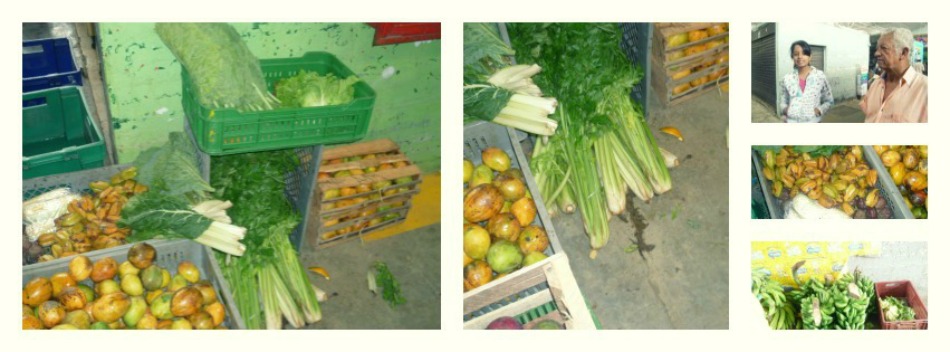ABSTRACT
Fruits and vegetables on stores are exposed to huge amount of factors which contaminates them and affects their freshness and quality before being sold. By direct observation, it was possible to conclude that fruits and vegetables were directly handled by the customers 9-15 times and people sneezed them 6-8 times before buy the product.
A prototype container was built. The device is constructed with two acrylic boxes; a stainless steel base; an electronic system which allows modularity; a sensor system designed to gain variables related with the fruits quality such as temperature, relative humidity and decomposition gases; and an automatic mechanism that promotes use of antibacterial cleansing gel before opening the device. All the system information is communicated via Ethernet and can be visualized on PC, Smarthphones or Tablets; enabling the owner control the inventory and get alerts if there is any product under decomposition risk. On the other hand, the customer can see all the product information such as the nutrients, benefits and tips that helps to take care of his or her health.
A comparative observation about the preservation of apples and pears was made using the prototype during 3 weeks; it was found that the fruits located outside the device began their decomposition process in the first week while the ones located inside the device remained fresh after 3 weeks.
PROBLEM STATEMENT
According to the World Health Organization (WHO) each year, billions of people suffer one or more episodes of foodborne illness without ever knowing that they have been caused by some kind of food, the most common symptoms of the disease foodborne include stomach pain, vomiting and diarrhea.
In studies conducted by WHO, have shown that every day is recommended the adoption of healthy lifestyles, including a diet rich in fruits and vegetables (FV), has been promoted as part of the strategy to reduce the incidence of chronic diseases . Therefore, when a fruit is subject to manipulation by different individuals, it can accumulate on the surface, human waste, toxic or pathogenic microbial sources, this will cause no fruit is kept clean and it becomes a potential source of contamination.
Adequate management is given to fruit within a business where they are traded depends the quality, freshness and hygiene that the product exhibits when sold, that quality can be affected by various factors such as improper handling by business staff or consumers, for the storage and distribution incorrectly, or the time the fruit takes on the point of sale.
Currently there regulations that govern the process of fruit from harvest to the point of sale. In Colombia everything related to production, processing, transportation, storage and marketing of fruit and vegetables is regulated by de1984 resolution 14712 of the Ministry of Health, and by Decree 3075 of 1997 issued by the President of the Republic of Colombia which establishes the procedures for cleaning and disinfection of the particular process and product in question, but 40% of these rules are not followed in the process up to the point of sale where they are exposed to pollution atmosphere.
The Secretary of Agriculture in the Manual Storing Fruits and Vegetables Safety Matters (2003), states that during the period between harvest and consumption, temperature control is the most important factor for maintaining product quality.
Also, for the fresh market, any method of increasing the relative humidity in the storage environment (or decreasing the vapor pressure deficit between the product and its environment) will slow water loss. A method of increasing the relative humidity is to reduce the temperature, another method is to add moisture to the air around the merchandise mists, sprays, or wetting the warehouse floor. Another way is to use vapor barriers such as waxes, polyethylene liners in boxes, coated boxes or a variety of materials inexpensive and recyclable packaging.
From this began the development of an automated system capable of combat and reduce pollution by pathogens, controlling relative humidity and temperature in fruits and vegetables, inventory products and nutritional properties present customers through their computers with android system. And was generated as a research question:
¿What automated system would reduce pollution, conserve and inventory fruits and vegetables, to benefit the health of consumers and boost technological development in different outlets?
The technological and social innovation, which raises the project is a significant development because it stimulates creativity, development of abilities and technology skills, teamwork, and the impulse to machine-building, using open source hardware and software, producing in this case a device intended to improve conditions in the handling of fruits and vegetables in retail environments where there is a large flow of people interacting with products. It has a great social approach, since its purpose is to protect the health of consumers and provide a tool for easily accessible information through mobile devices, wireless networks and web tools, which are elements that are present in the life of a large number of people.
HYPOTHESIS
Taking fruits inside the dispenser, in an environment with humidity and temperature controlled, free manipulation of the buyers, contamination of the fruits will be decreased and their durability will be increased.
